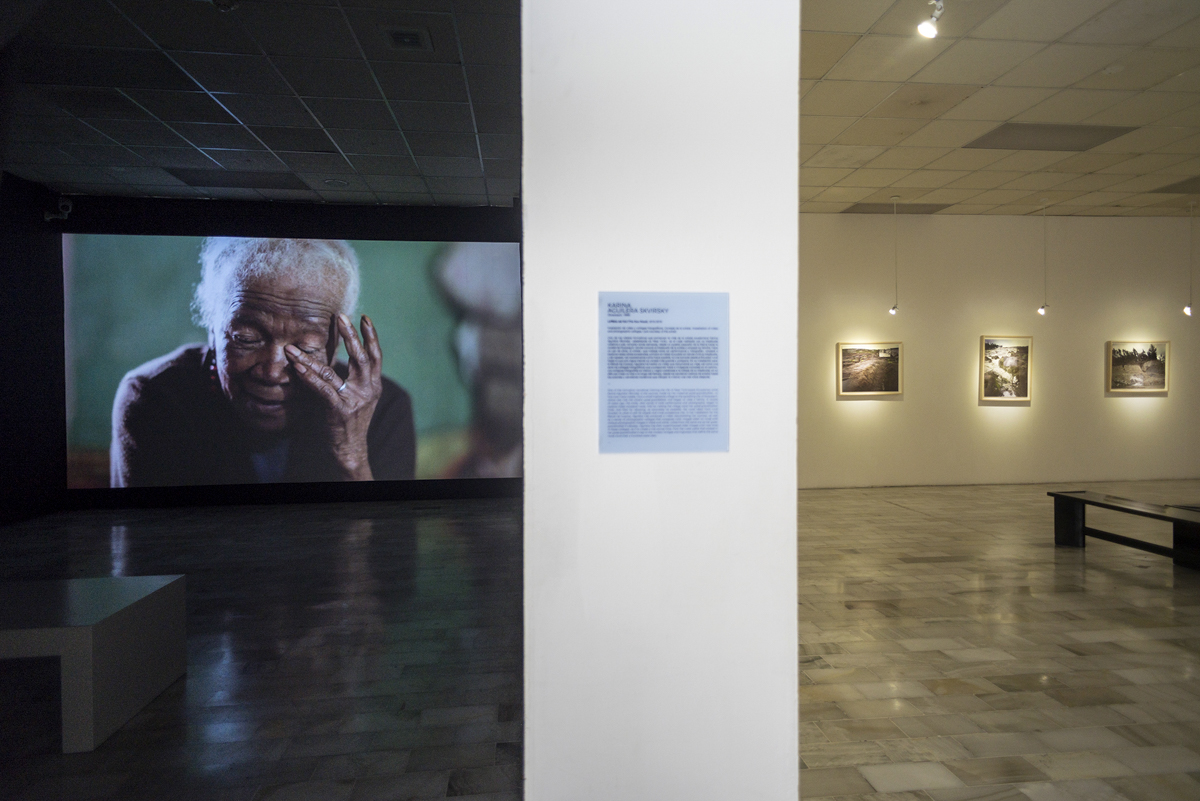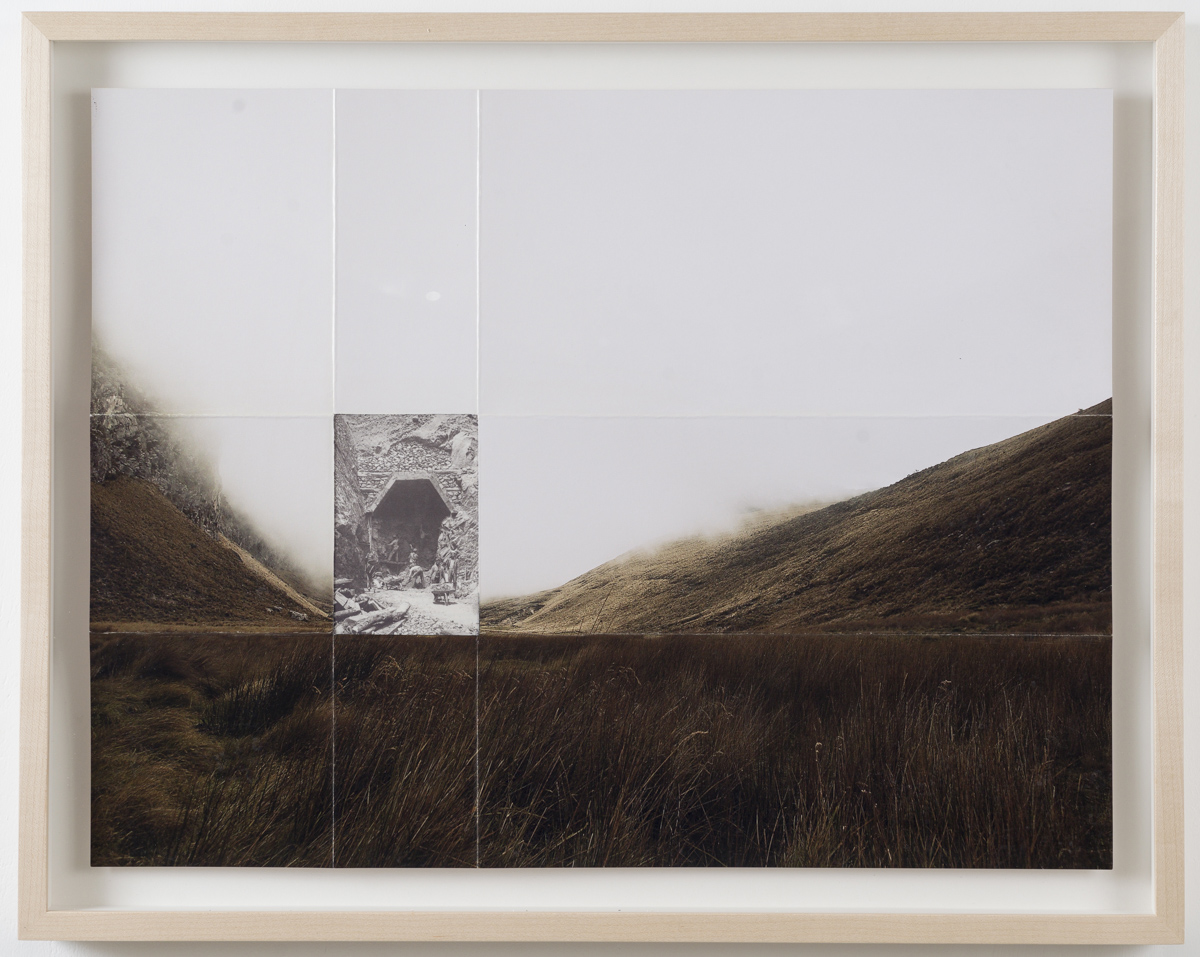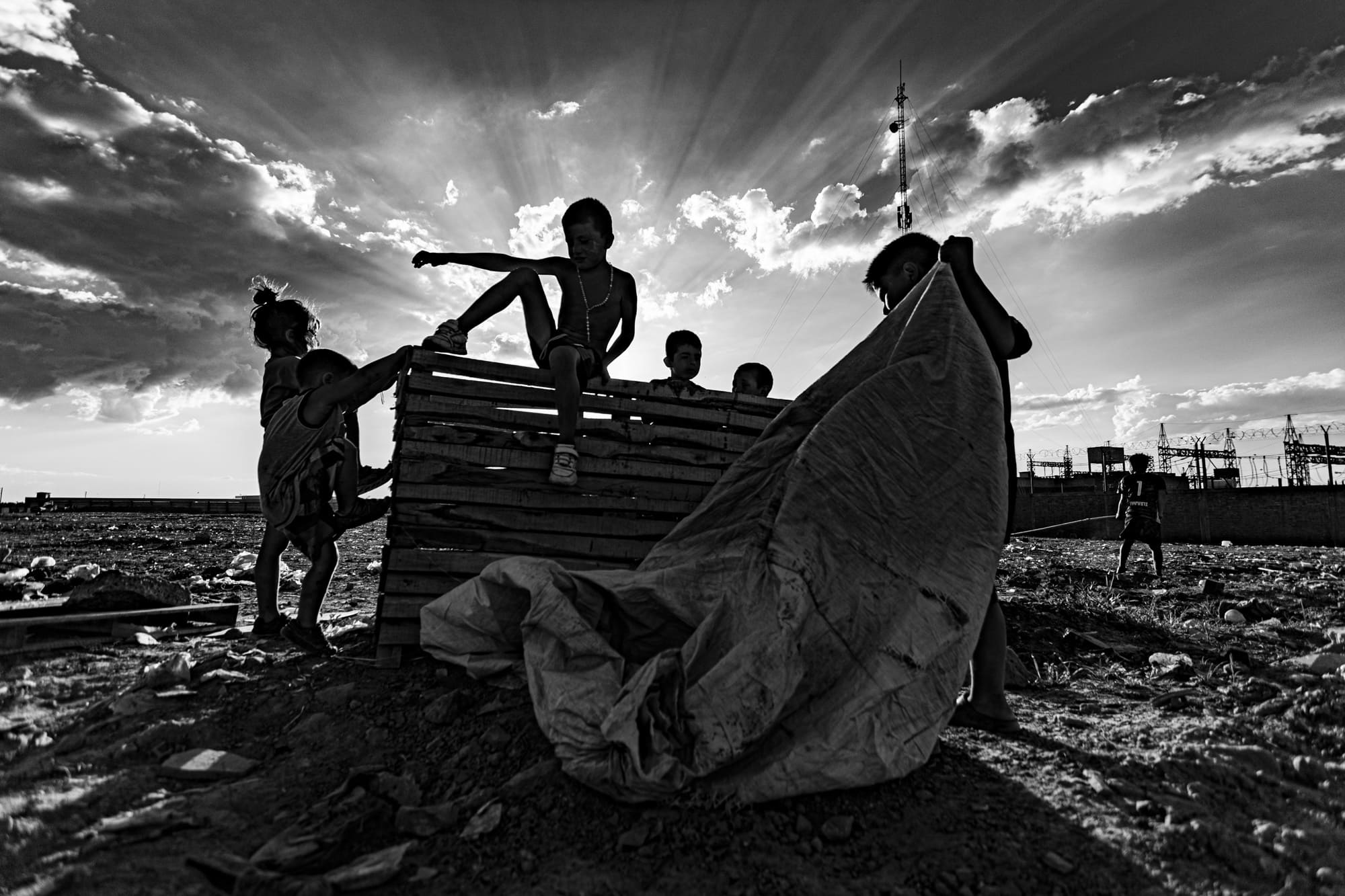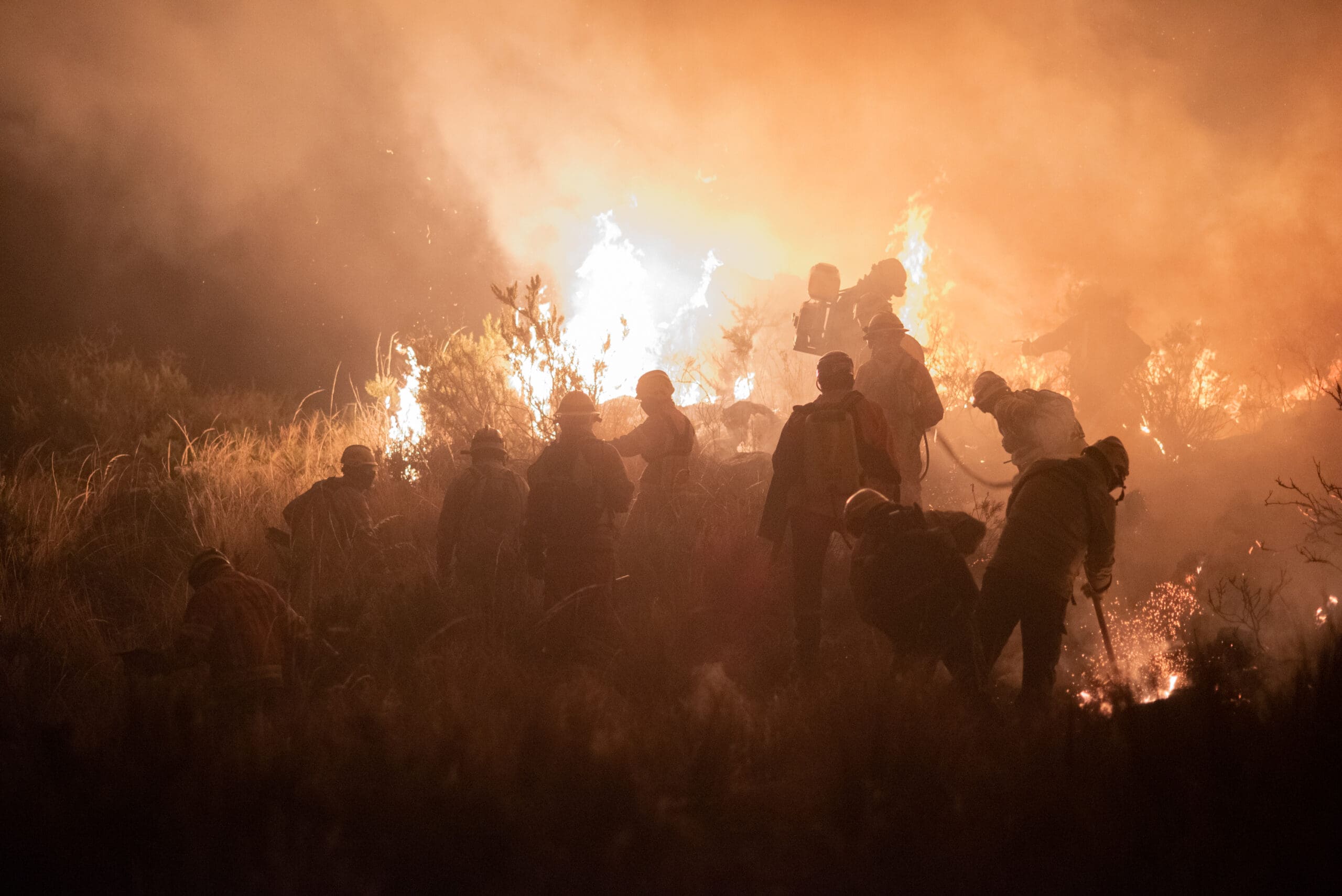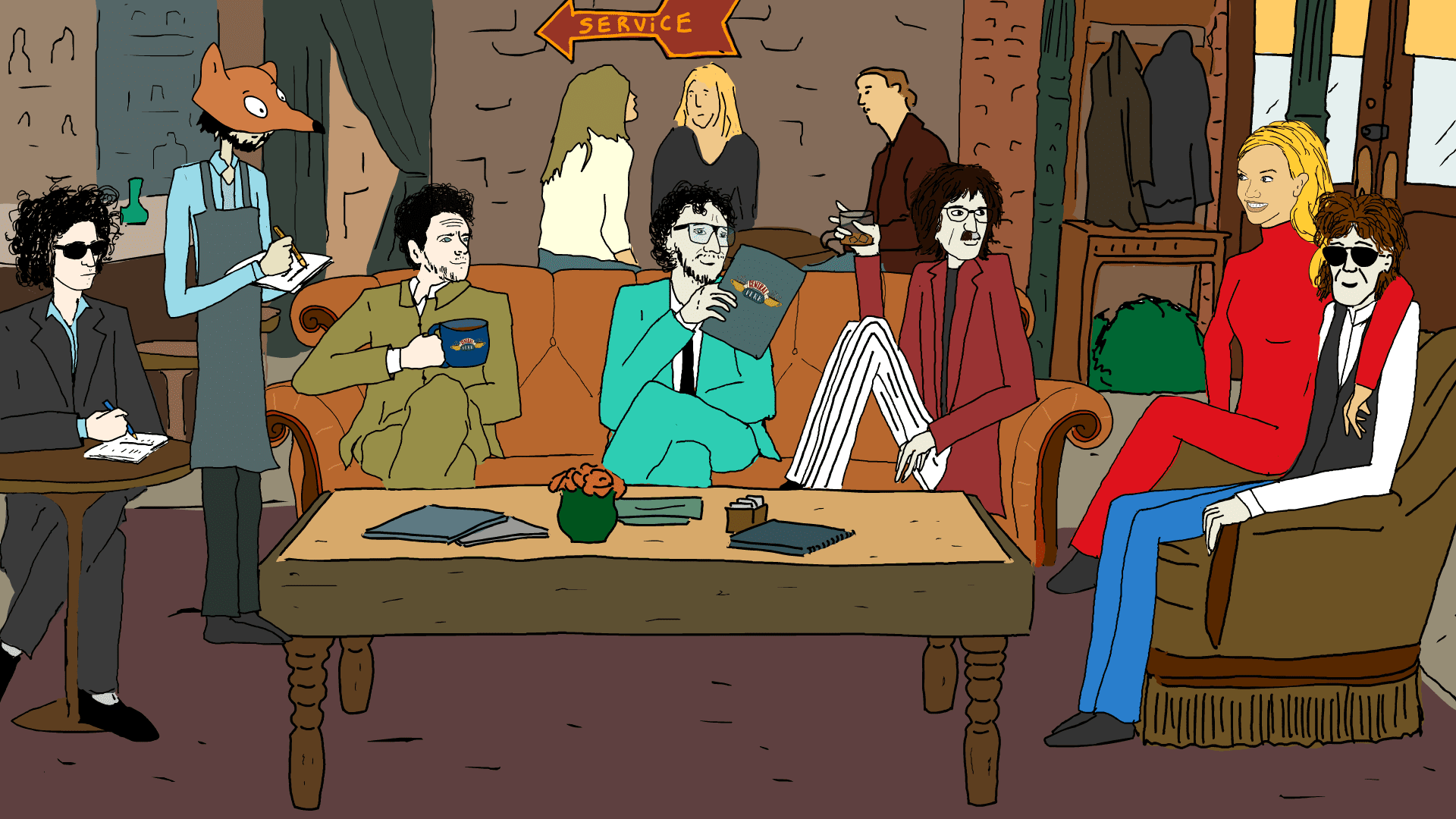Karina Aguilera Skvirsky was born in the United States but is also Ecuadorian. All her life she lived in that ambiguous space: neither totally black nor totally white. Latina in her native country, gringa in the country of her great-grandparents, thousands of times answered the same question: but where are you really from?
Her mother emigrated from Ecuador to the United States in the 1960s. There she met Karina’s father, an American descendant of Ukrainian Jews. From this combination came this visual artist with white skin and curly hair accustomed to giving explanations about her origins.
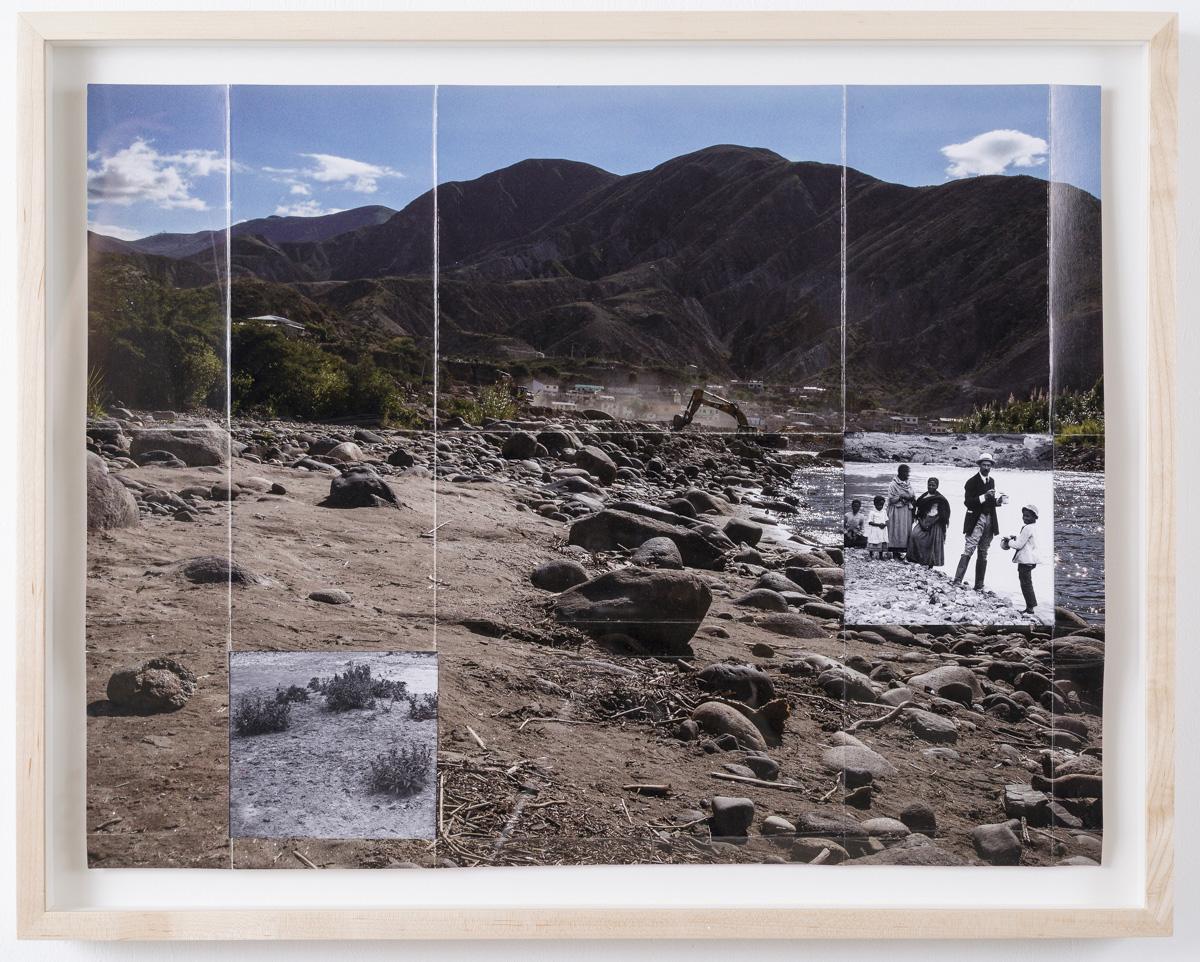
She grew up listening to stories about the trip of her great-grandmother María Rosa, who in 1905, when she was still a teenager, left her home in the Chota Valley to reach Guayaquil, where she had her children and worked as a domestic worker for a wealthy family. Why didn’t she go to Quito, which was closer? Karina wondered: because in the Ecuadorian capital racism against the black population was much more intense.
Karina investigated for years the trip of her great-grandmother, that girl descendant of enslaved Africans who were brought to Ecuador to work in the sugar cane crops. How was that trip? How many kilometers did she walk? How many on donkey? Did she meet the workers who were building the famous Transandino Railway on the road? She spent long hours searching archives and came across photos documenting the construction of the railway, a process that started in 1890 and ended in 1908, in which hundreds of indigenous workers and Jamaican immigrants died.
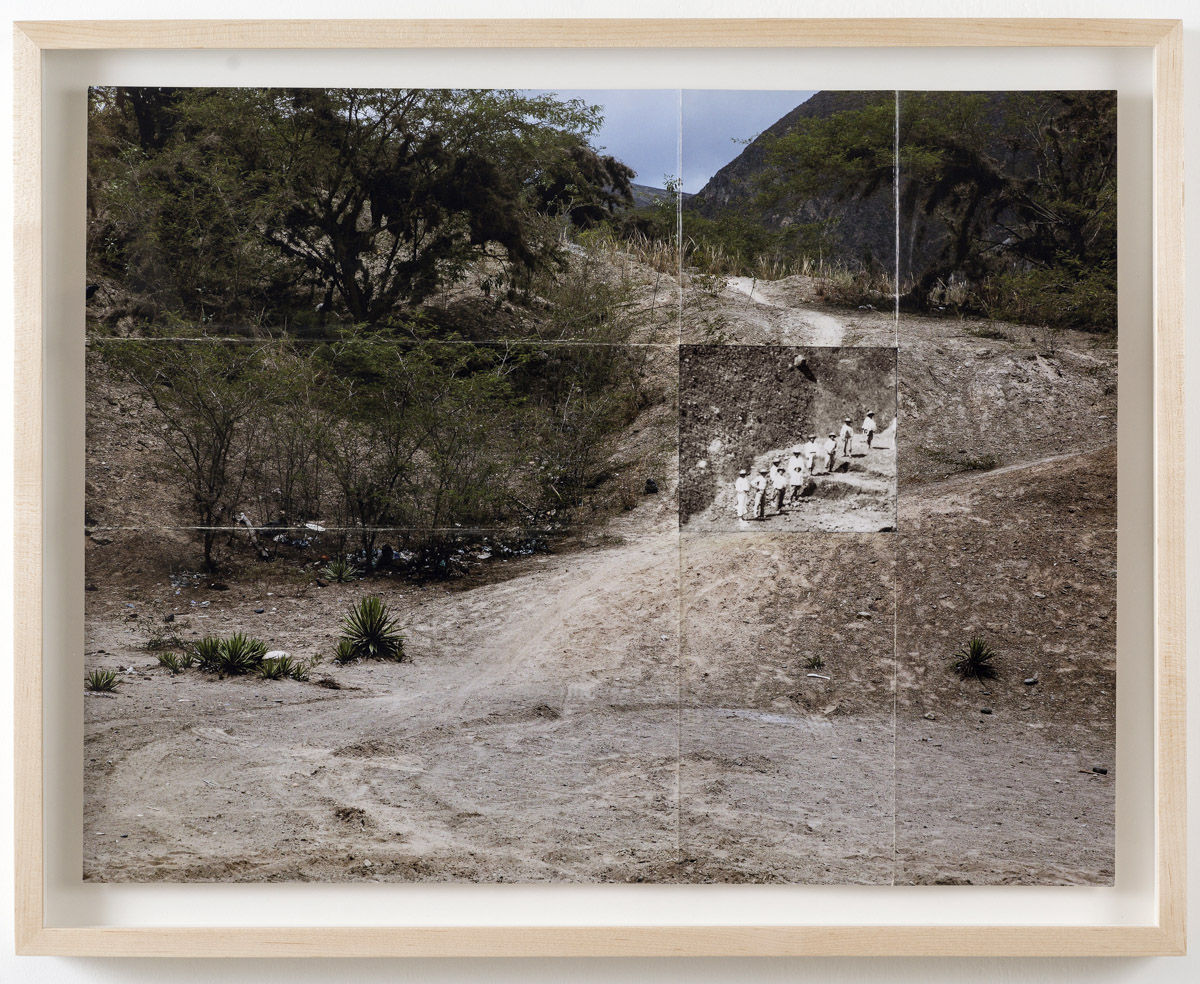
From the intersection of these two stories, the personal and the national, –the one of María Rosa and the one of the great engineering work that transformed Ecuador– two projects were born: The railway workers – The dangerous journey of María Rosa Palacios, in which Karina moves between fiction and documentary, performance and interview, the historical record and the playful intervention of images.
The result is, on the one hand, a collection of images from the historical archive in which the workers of the beginning of the century merge into the current mountain landscape, a landscape that they helped to build and that Karina first approached with different eyes, as part of the location scouting for the video in which she, from that ambiguous place that she inhabited all her life, retraces the steps of her great-grandmother to reconstruct that first teenage journey.
You can see the complete work in Africamericanos.
